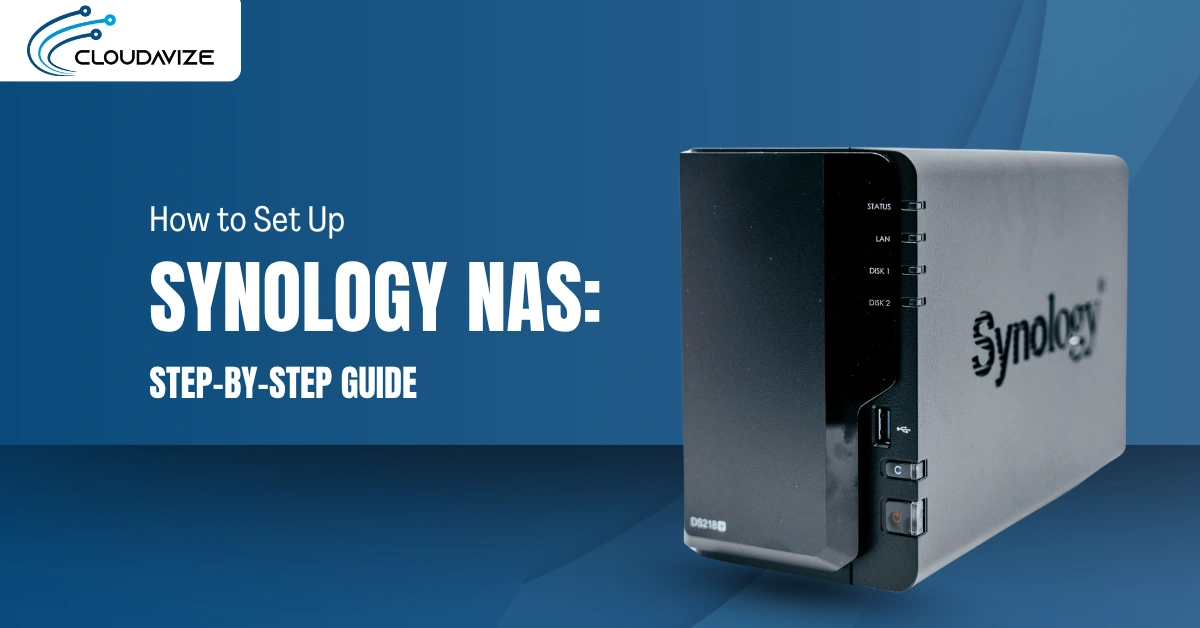The workforce of 2020 looks quite a bit different than just twenty years ago. Back in the early 2000s technology was still a brand new addition to offices and desktops and printers tended to be large and heavy. No one would dream of taking them to work at home.
But just two decades later entire businesses are run from remote locations, with no physical office at all…and you’d never know it thanks to cloud services for phone, video, customer support, and just about every other business process you can think of.
The technology we use is now mobile and hosted in virtual environments rather than large, heavy machines, allowing businesses the flexibility to work whenever and wherever they like.
The trend of the past 5 years has been a big move towards a remote workforce, with 40% more companies offering a remote work option in 2018 as compared to 2013. Companies like Apple and U-Haul have discovered the cost saving and productivity benefits of a remote workforce, paving the way for it to become the norm rather than exception.
Table of Contents
70% of people around the world work remotely at least once a week.
The benefits of allowing a telecommuting option for employees either part of the time or full-time are well documented. Advantages include:
- Increased productivity: 2/3 of employers report better productivity for remote workers.
- Cost savings: Employers can save up to $11,000 per year using remote workers, and the employees save up to $7,000 per year.
- Less stress: Remote workers report 82% reduced stress.
If you’re a business wanting to offer a remote work option for your employees or expand their talent pool into other areas, there are some simple ways you can successfully enable a team that works from different locations.
Using Cloud Solutions Like Microsoft 365 to Stay Connected
Some of the questions that employers have when considering using remote workers are, “How will they handle their daily tasks? How will I know that they are staying on task? How will they stay connected and not feel isolated?”
Those questions are all addressed positively by using a platform designed to bring your team and their workflows together in a collaborative cloud-based environment.
One of the best tools to do this and successfully enable a remote workforce is Microsoft 365. It includes a full suite of Office tools, including the mainstays like Word and Excel, plus new tools specifically designed to keep your team connected, on task, and in the loop.
Microsoft 365 also includes important enhancements for network security and mobile device management which keeps your data protected with centralized administration.
Here’s how you can take advantage of Microsoft 365 to keep your office and telecommuting employees all working in unison.
Microsoft Teams for a Virtual Communication Hub
The Teams platform streamlines your office communications through the use of dedicated chat channels. Employees can easily chat via text, video, or audio and share files, collaborate on MS documents, and even invite clients to join as well.
One of the challenges with a remote workforce is how to know when they’re at their desk, away for a moment or on the phone with a client. Teams allows you to set a status message and it will even pick up meetings on your Outlook calendar and automatically set your status to away when one starts.
The alert systems in Teams also allows everyone to prioritize the way they get messages, and for the most important they can get an on screen or mobile alert.
Centralized Document Storage
What happens if you have remote employees that are storing business documents on their computers, then their hard drive crashes? By putting a centralized cloud document storage system in place that problem is alleviated both for remote workers and those in your own office.
Both SharePoint and OneDrive are apps in Microsoft 365 that give you a centralized place to store business digital assets and easy share them or send data from them to another platform.
By having your employees store all documents on OneDrive by default, you can ensure that they’re all safely being stored in the cloud, are accessible from anywhere, and there aren’t any issues with multiple versions of the same file floating around.
Always Updated & Consistent Applications
If you hire a remote worker that is using a Mac instead of a Windows computer, what happens with file compatibility when you’re working in Word and Excel and they’re working in Pages and Numbers?
The answer is to use a platform that ensures everyone is using the same software and the same version of that software.
Office 365, which is a key part of Microsoft 365, can be used across both Windows and Mac computers. It, along with Windows 10, which also comes with the subscription, are always kept updated and you never have to worry about someone working in an older version of a software.
Easy to Scale & Secure
Because Microsoft 365 is a cloud subscription service, you don’t have to worry about sending software to remote employees or what to do if someone stops working for you and still has your software on their computer and access to your data.
To add or revoke access to your platform, all the applications in it, and its data, you can simply add or remove users from a cloud-based admin panel. There are also multiple user permission options in Microsoft 365 that allow you to put sharing and printing restraints on sensitive documents.
Revamp How You Work with the Right Technology
Using the right cloud technologies can help you envision new ways to work that improve productivity at the same time as boost employee morale. Cloudavize can help your company employ the cloud strategically to improve teamwork, security, and profitability.
Contact us today for a free consultation to explore your full technology potential.



